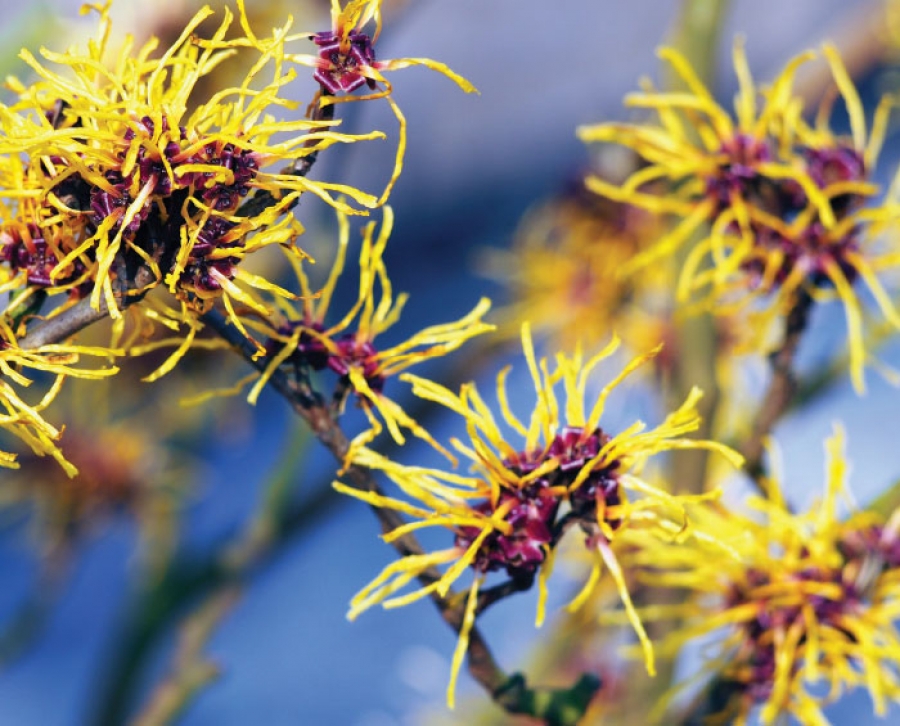5 Natural Home Remedies for Itching
What can be done to stop the itching?
Firstly, you should evaluate the possible cause of the itching, preferably by consulting your doctor. The medical professional has the power to determine whether it’s an allergy or the underlying symptom of other diseases. Subsequently, they’ll prescribe the most appropriate treatment.
Likewise, you can try some natural remedies whose properties regulate skin pH and reduce discomfort. Below, we share five good natural remedies to relieve itching. Don’t hesitate to try them out whenever you suffer from this bothersome symptom!
Natural remedies to relieve itching
Itching is an irritating and annoying sensation that can be accompanied by dryness, redness, and inflammation, among other symptoms.
The most common causes of itching are bug bites and allergies. However, it can also occur due to food intolerances, fungal infections, kidney disease, contact with chemical substances, and other factors.
Currently, topical products can help speed up relief, acting almost immediately. However, you can also use some natural solutions. Do you want to know which ones they are?
1. Colloidal oatmeal
Colloidal oatmeal isn’t the typical oatmeal people have for breakfast. This product consists of oatmeal that’s been ground into a very fine powder for use in natural remedies, soaps, and body creams, among others. According to a 2012 study, colloidal oatmeal fights itching and reduces dry skin.
How to use it
Firstly, we should note that you can find it in pharmacies or certain cosmetic stores.
Once you buy the product, add it to your bathtub and soak for 20 minutes.
This natural remedy should be enough to calm the itching. However, if the symptom persists, you can repeat twice a day.
2. Aloe vera
Famous for its dermatological applications, aloe vera has calming compounds that significantly decrease itching. Likewise, it deeply hydrates tissues and controls symptoms such as redness, peeling, and burning.
How to use it
Then, rub the product over the affected areas
Repeat twice a day until the symptom subsides
3. Basil
Eugenol, present in basil leaves, has been used in ancient medicine due to its calming effects.
Although this plant is popular for its culinary applications, it’s important to know that it has interesting uses in natural medicine. Thanks to the fact that it contains a compound called eugenol, it reduces irritation and helps to relieve itching.
How to use it
Firstly, take a couple of tablespoons of dried basil leaves and put them into a pot of water
Boil the drink for five minutes over low heat
Then, let it sit until it’s warm or cold
Finally, rub the preparation over the itchy areas with a cotton ball
Repeat its use up to three times a day if you consider it necessary
4. Apple cider vinegar
For hundreds of years, apple cider vinegar has been an ally in accelerating the relief of many skin problems. Thanks to the fact that it contains acetic acid and antioxidant compounds, it regulates pH levels and minimizes discomfort, such as stinging and burning.
In fact, it’s one of the best solutions when itching is caused by stings or burns. This is because it reduces inflammation and produces a quick sense of relief. In addition, it’s a natural disinfectant to reduce the risk of possible infections when you damage your skin due to scratching.
How to use it
For starters, mix equal parts organic apple cider vinegar with water
Then, dip a cotton cloth into the preparation and apply it to the affected area
Optionally, you can pour the vinegar into your tub water and take a 20-minute bath
Repeat the treatment if you consider it necessary
5. Witch hazel
Witch hazel has a powerful calming effect for itchy skin.
In fact, witch hazel contains substances known as tannins, which act as astringents when applied topically. Because of this, witch hazel lotion or cream can relieve itching, minimizing irritation and redness.
Usage
Witch hazel is available in pharmacies or can be made at home by boiling the dried plant material in water.
After that, apply the product directly to the problem regions and wait for it to work without rinsing.
Repeat twice daily if your symptom doesn't go away.
When your skin becomes irritated, do you scratch it? Stop doing that right away! Try some of the natural treatments we recommended in this post instead to get rid of the itching.
ALSO READ: 9 Ways to Prevent Mosquito Bites Naturally Without Repellent (No.8 Ready at Every House)
Resources
Criquet, M., Roure, R., Dayan, L., Nollent, V., & Bertin, C. (2012). Safety and efficacy of personal care products containing colloidal oatmeal. Clinical, Cosmetic and Investigational Dermatology. https://doi.org/10.2147/CCID.S31375
García, M. J. L., Mañero, M. G., & Jaime, N. S. (2012). El prurito y sus efectos sobre la piel. Enfermería Dermatológica, 6(16), 8-14. https://dialnet.unirioja.es/servlet/articulo?codigo=4069110
Jain, R., Aqil, M., Ahad, A., Ali, A., & Khar, R. K. (2008). Basil oil is a promising skin penetration enhancer for transdermal delivery of labetolol hydrochloride. Drug Development and Industrial Pharmacy. https://doi.org/10.1080/03639040701657958
Korting, H. C., Schäfer-Korting, M., Hart, H., Laux, P., & Schmid, M. (1993). Anti-inflammatory activity of hamamelis distillate applied topically to the skin – Influence of vehicle and dose. European Journal of Clinical Pharmacology. https://doi.org/10.1007/BF00316465
Pravasi, S. D. (2014). Acetic Acid. In Encyclopedia of Toxicology: Third Edition. https://doi.org/10.1016/B978-0-12-386454-3.00216-5
Sahu, P. K., Giri, D. D., Singh, R., Pandey, P., & Gupta, S. (2013). Therapeutic and Medicinal Uses of Aloe vera : A Review. Scientific Research.
SOLÓRZANO-AMADOR, A. N. D. R. E. A., & RONDEROS-ACEVEDO, M. C. (2012). Pruritus. Part I. Pathophysiology and associated diseases. CES Medicina, 26(2), 249-259.







.jpg)





